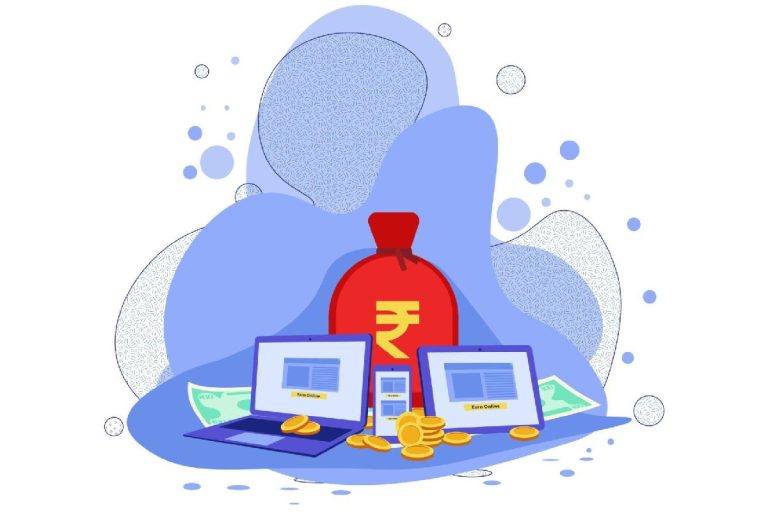Digital Financial Accounts – Digital banking has changed the way you manage your finances, making this big task easier and more convenient than ever before.
Think about it — you can now do on your phone all the chores you used to only be able to do at the bank. Whether you want to transfer cash to a friend or apply to get a personal loan, you don’t have to travel far if you have data. You can do it all from a comfy spot on the couch with a cup of hot coffee by your side.
Logging in from the couch digitizes the usual banking routine, including identity verification. Rather than confirming your identity in person at the wicket, you have to share personal information to open and maintain online accounts.
Some bad actors online want to steal this information for their own gain. The good news is that you can protect your personal data. Check out these cybersecurity tips below.
Table of Contents
Use Secured Networks
If you have a smartphone in your hands, you can turn any hotspot into a financial hub. However, be wary of signing onto unsecured networks like the free Wi-Fi provided by your favorite coffee shop, shopping centers, and airports.
These free networks don’t have protection against fraudsters. Someone can easily hijack the network and spy on what you do while connected. If you sign into your bank, online loan, or digital payment app, they’ll see your security details and account numbers.
With enough information, fraudsters can steal the money in these accounts or use your information to open fraudulent cash advances in your name.
Use a New Password for Every Account
Reusing the same password over and over can help you remember login credentials. However, it increases your risk of financial loss should any of these accounts be exposed in a data breach.
If a data breach reveals your usual email and password combination, the fraudster knows your credentials for every financial account.
By using a separate password for each account, you can contain the effects of a data breach to a single account.
Pro Tip: when making a password, try a 12-character selection of letters, numbers, and symbols that avoids personal details. These long and complicated passwords take 34,000 years to crack.
Enable Multi-Factor Authentication
A password is the bare minimum protection for financial accounts. Whenever possible, you should enable multi-factor authentication (MFA) to supplement your strong passwords.
MFA adds two security steps to your accounts, including a temporary token and personal biometric data. This makes your account too much trouble to hack because a fraudster needs access to your phone or email address to receive your token. They also need to scan your fingerprint or face to move forward.
Run a Background Check on Companies
Nowadays, FinTech options flood the market. Some promise to revolutionize your finances, but few deliver. To cut through the fake apps, you need to run a background check on any online financial institution before you sign up for an account or download their app.
Make sure they have a legitimate website, contact details, and security policies. Serious companies invest in enterprise security to deter fraudsters and protect your personal information. Digital accessibility widgets are another added bonus.
You should also look at reviews left by previous users or customers. They can give you an insider’s look at how a financial institution treats their consumers.
The Takeaway:
Digital financial accounts have more cybersecurity risks than traditional, in-person accounts. But that doesn’t mean this convenient management style is dangerous. You can protect your information and benefit from digital accounts with these tips.








